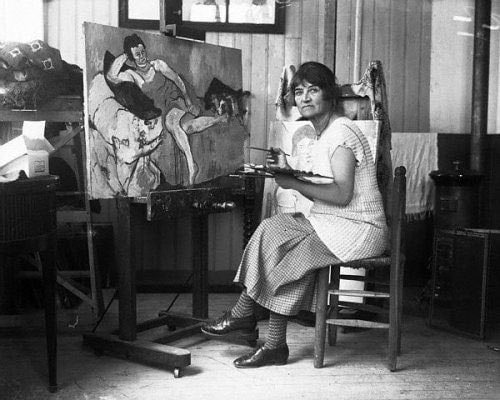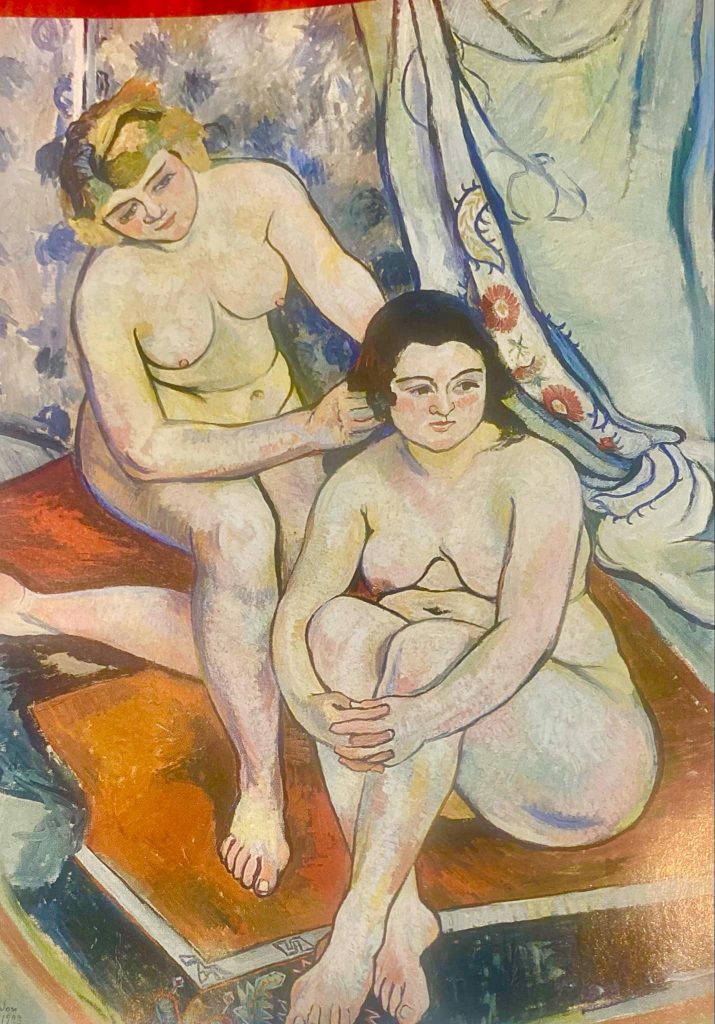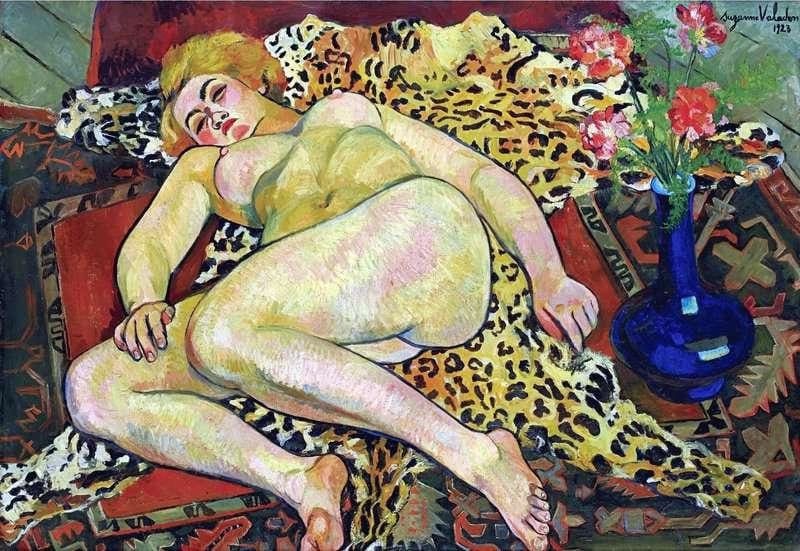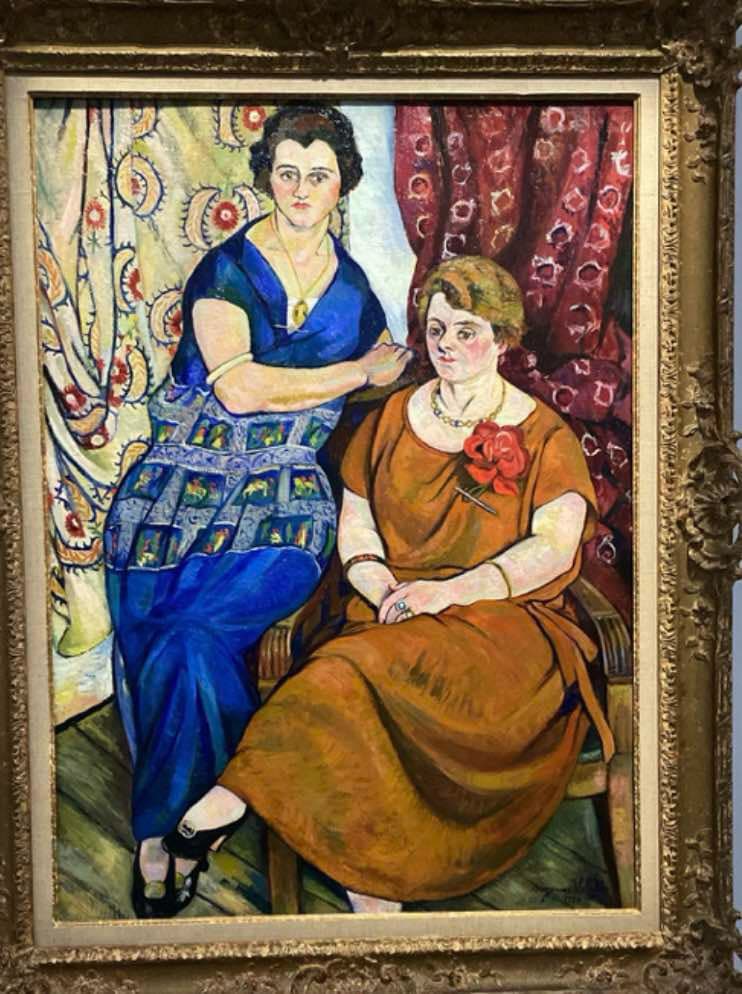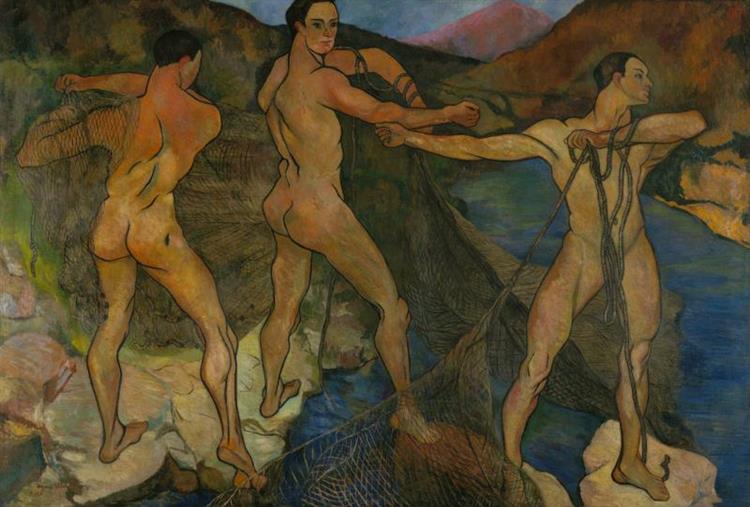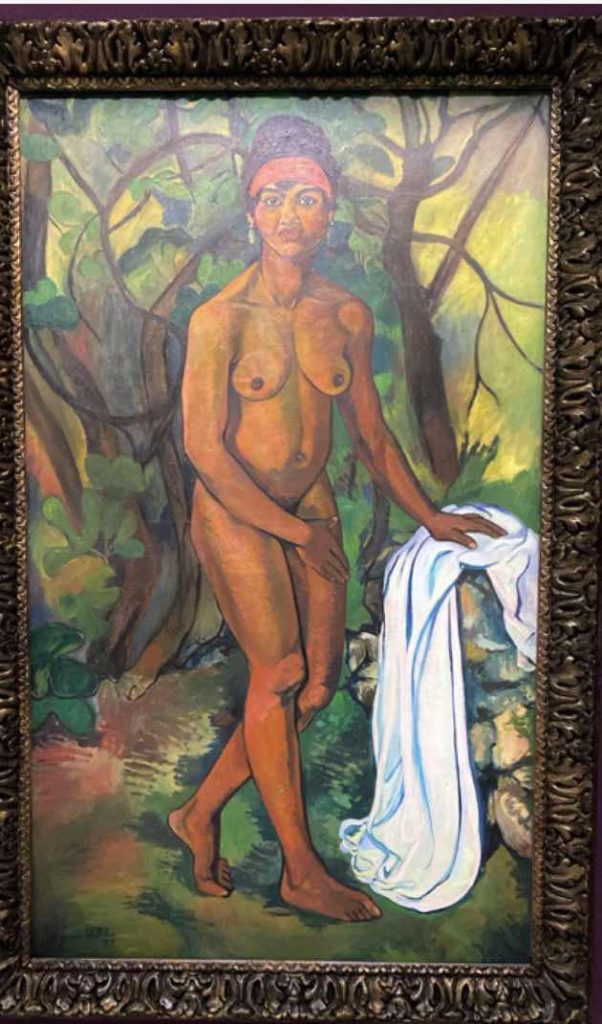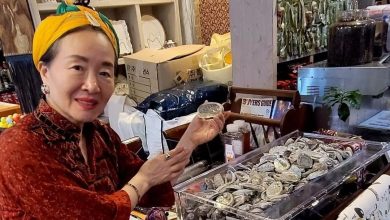

“My Own World” Exhibition Continues its Journey
The exhibition “My Own World,” which was first presented in 2024 with two scheduled editions—one at the beginning of last year at the Nantes Museum of Arts, and the second at the National Art Museum of Catalonia in the second half of 2024—has now begun plans for a new journey in 2025 at the Centre Pompidou under the title “Suzanne Valadon: My Own World.”
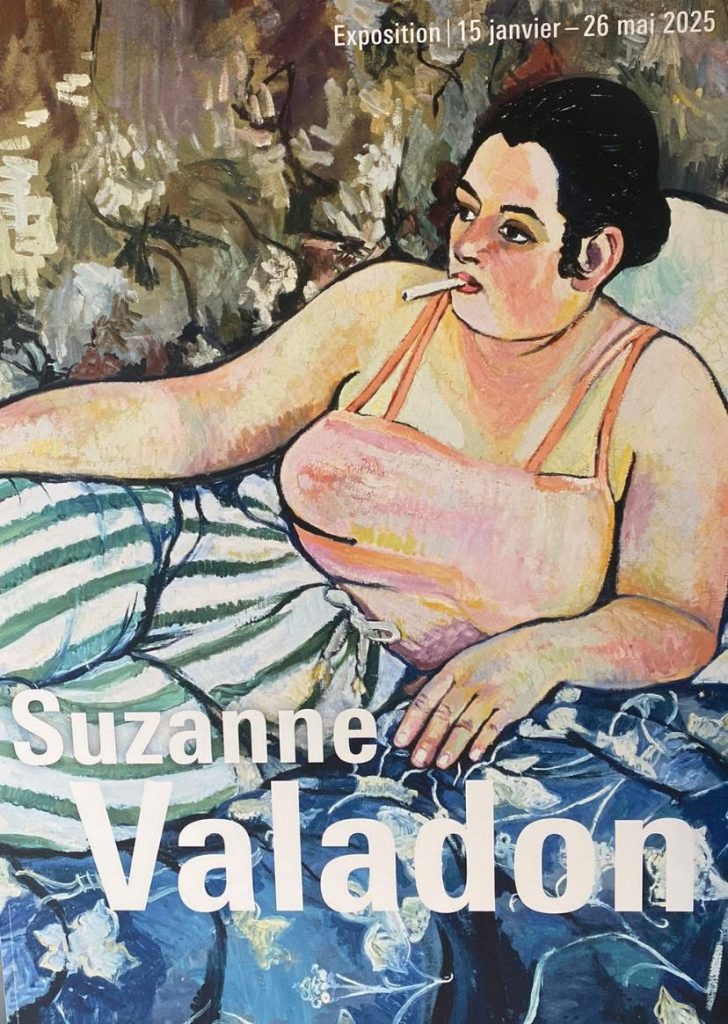
This strong, dreamy artist, who embodies the strength and symbolism of the French woman, began her life as a model under the name Maria and as a painter under the name Suzanne Valadon. She learned painting by observing and following the artists for whom she posed.
Edgar Degas was fascinated by her early drawings, with their firm yet flexible lines. She drew inspiration from everyday life, portraying women around her, her son, and self-portraits—a subject she continued to explore throughout her life.
Valadon expressed an intense discipline in her work, stating:
“I must be harsh with myself. I must have a conscience, creativity, and look myself in the face. I must be true to what I paint.”
A Relentless Search for Artistic Truth
In 1892, she began painting with oil and produced serious works, tirelessly painting herself and her family—her mother, son, husband, sister, and niece. She used them as models, and later, when fame came in the 1920s, she began creating commissioned portraits for her friends in the art world.
Rebellion Against the Rebels
After appearing nude in paintings by great artists of her time—Renoir, Toulouse-Lautrec, Degas, and others—she took her turn at painting male nudes. She became the first contemporary woman to paint men in the nude without fear or shame. She stated:
“I see the male body as magnificent and beautiful, no less than the female body, as long as it is viewed through the lens of creativity and art, far from the distortions of desire and lust.”
For a long time, nude art had been reserved exclusively for male artists, but Valadon challenged this tradition. She was likely the first modern female artist to paint a fully nude male figure from the front, explicitly depicting the anatomy without concealment.
A Touring Exhibition of Innovation
As one walks through the exhibition, one finds that it displays not only Valadon’s works but also pieces by her contemporaries and friends, sometimes in dialogue with her own creations. This exhibition highlights the breadth and richness of her artistic journey, spanning from one century to the next, capturing the beauty, ease, and fluidity of her expression.

Beginnings and Future Visions
Valadon was fortunate to stand as a model before many renowned painters, including:
- Gustave Wertheimer (academic painter)
- Jean-Jacques Henner and Pierre Puvis de Chavannes (symbolist painters)
- Auguste Renoir (impressionist)
- Paul-Albert Bartholomé (sculptor)
- Henri de Toulouse-Lautrec (the eccentric genius)
She transformed from a mere model to a lover—developing a deep relationship with Toulouse-Lautrec, the “mad dwarf” whom Parisian nightlife rejected. She was drawn to his humanity and artistic brilliance rather than his physical appearance. This, she believed, was true love—an admiration of the mind, not the worship of the body.
It was Toulouse-Lautrec who first called her Suzanne, referencing Susanna from the Bible.
During their art sessions, Lautrec, passionately in love, sketched and painted her obsessively, even depicting her in advertisements and quick sketches. He captured her in dreamlike portraits, considering her his muse of creativity, while she saw him as the object of her deep affection.
Valadon was inquisitive, constantly observing and learning from master painters. Upon the recommendation of Bartholomé, she mustered the courage to show her sketches to Edgar Degas, who was impressed by her talent and declared:
“You are one of us.”

An Artist Among Geniuses
Although Valadon had never posed for Degas, he was so captivated by her work that he opened his private studio to herand personally taught her intaglio printmaking techniques. He even purchased many of her drawings to encourage her.
Her Most Significant Historical Works
The Fishermen Casting the Net (1914)
- Medium: Oil on canvas
- Collection: Centre Pompidou, Paris
- Acquisition: Purchased by the French state in 1937
This work, seemingly classical, marks a transition from academic art to modernism. It depicts the naked body of artist André Utter casting a fishing net on the shores of Corsica.
The figure is repeated from three different angles, forming a circular motion that emphasizes the mathematical curves of the human body. This celebration of male nudity is painted with warm and sensual colors, without attempting to obscure the subject’s gender.
There is a theory that Valadon added a modest fig leaf to the painting so it could be exhibited at the Salon des Indépendants in 1914. This was her final male nude painting.
The Black Flower (1919)
- Medium: Oil on canvas
This painting depicts a full-length portrait of a woman, standing tall and proud, emerging from a bath in a natural setting. Her athletic body, outlined with thick black strokes reminiscent of Georges Rouault’s stained-glass painting style, blends seamlessly into the dark, tree-filled background.
Valadon portrayed this Black woman without exoticism or condescension. By reimagining a classical Roman goddess as a Black woman, she challenged artistic traditions and expanded the definition of beauty in an era when European artists largely portrayed white bodies as the standard of aesthetic perfection.
This painting was one of five works from a series created in 1919 and exhibited at the Salon d’Automne under the title “Black Venus.”
Final Thoughts
Suzanne Valadon was not just an artist—she was a pioneer, breaking artistic and social conventions with boldness and passion. The “My Own World” exhibition does justice to her revolutionary spirit, allowing viewers to immerse themselves in her life and artistic evolution as she transformed from a model into a visionary painter.
Paris – Abdelrazek Okasha

